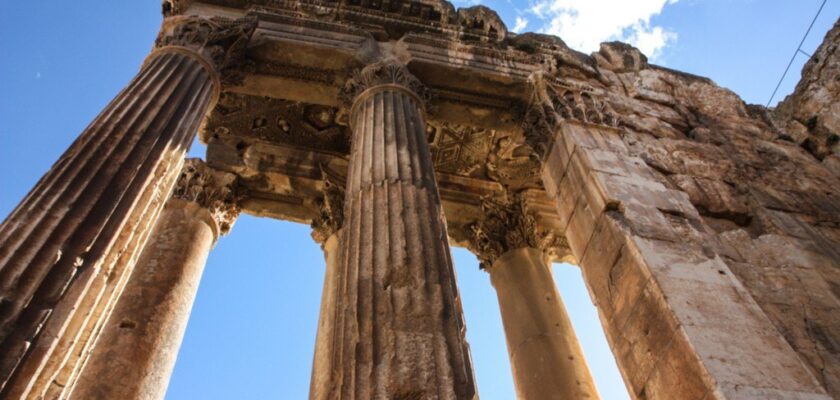Ancient city of Baalbeck
Baalbeck is the oldest temple complex in the Lebanese province of Baal and one of the most unusual archaeological phenomena in human history. The grandiose architectural ensemble, consisting of several colossal structures, is located in the small city of Baalbek, the administrative center of the district of the same name.
.
Today, the temple complex of Baalbek is a UNESCO World Heritage Site and a favorite destination for archaeologists, hunters for historical sensations, and, of course, tourists who prefer places with ancient history and powerful energy.
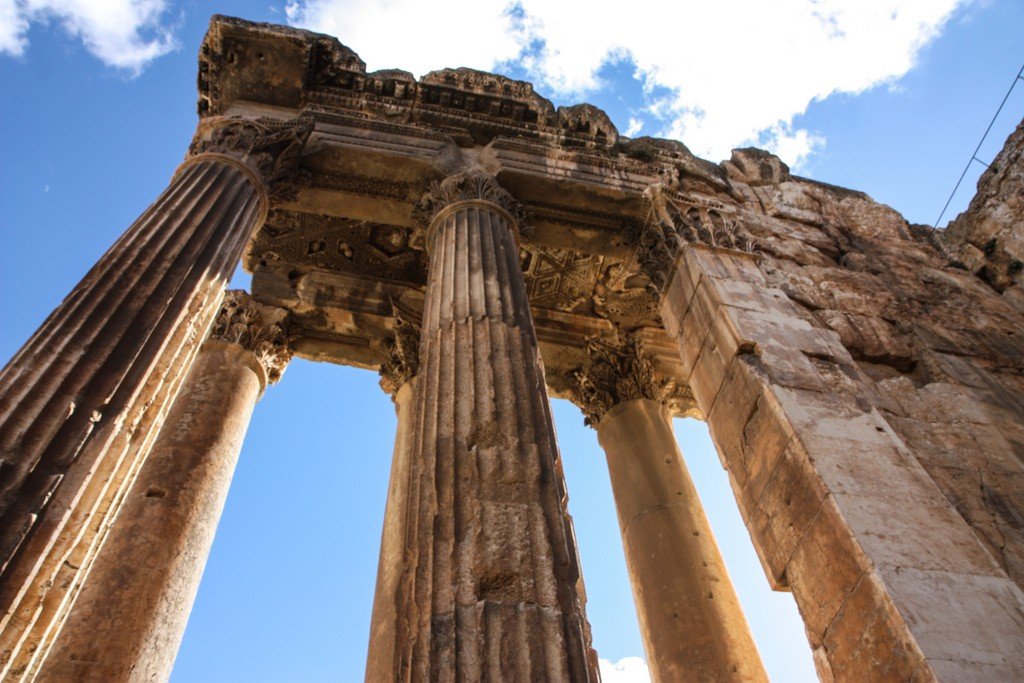
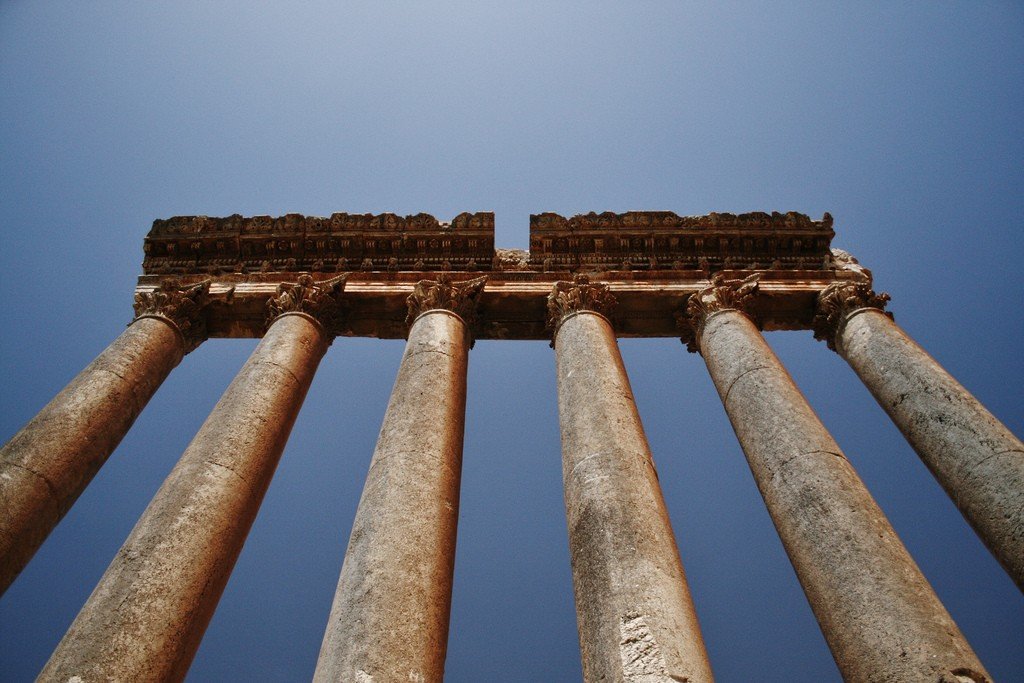
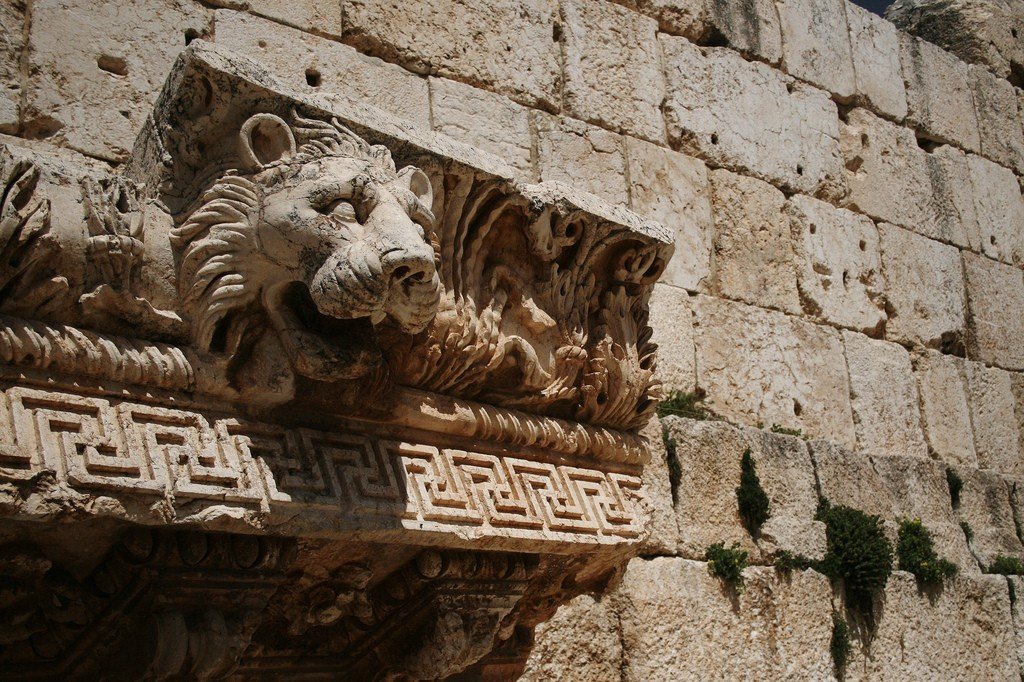
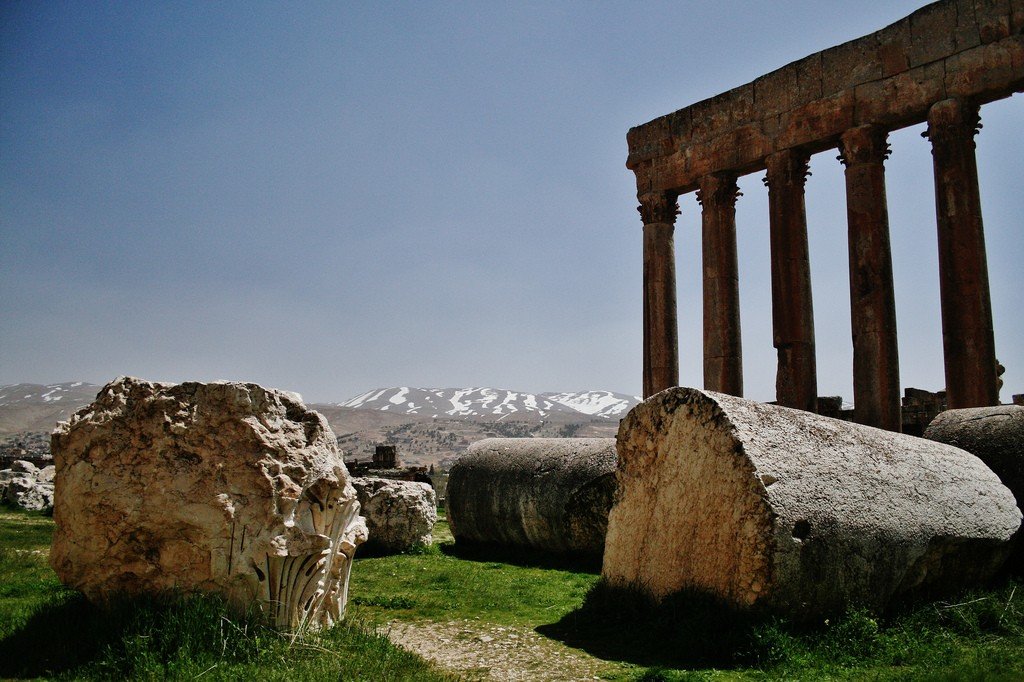
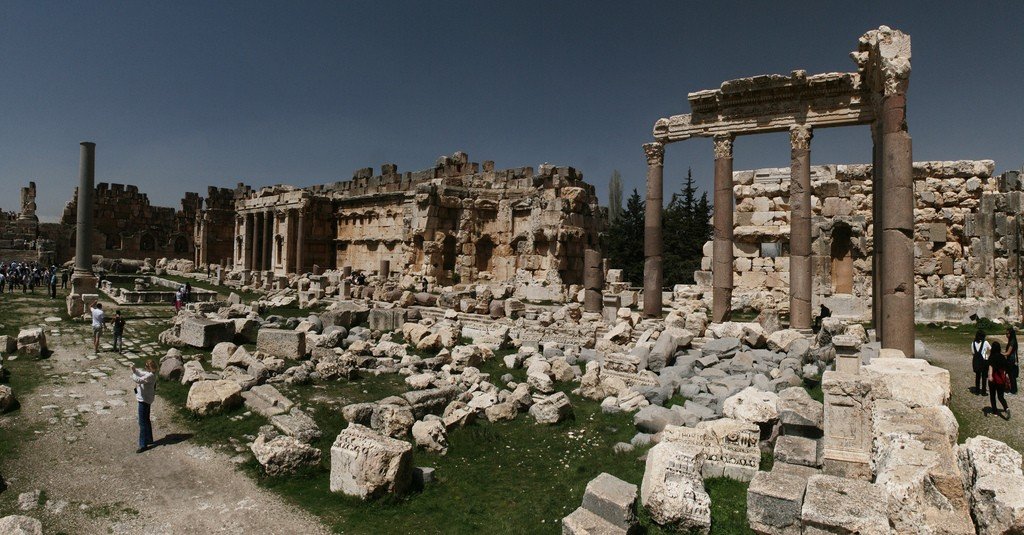
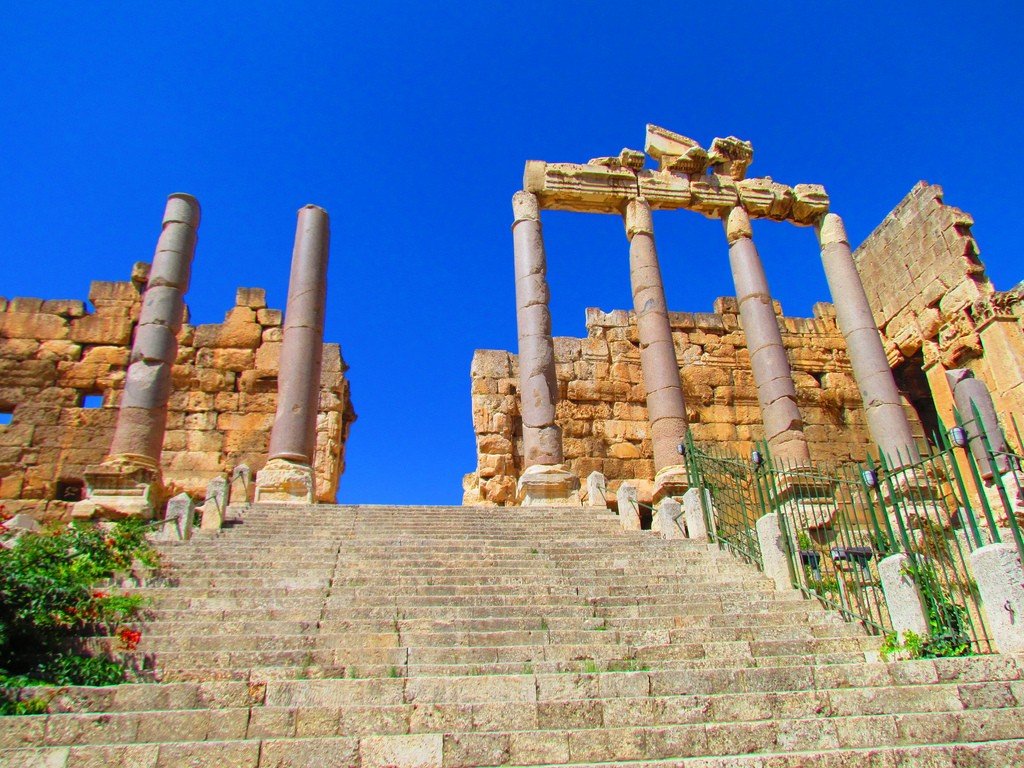
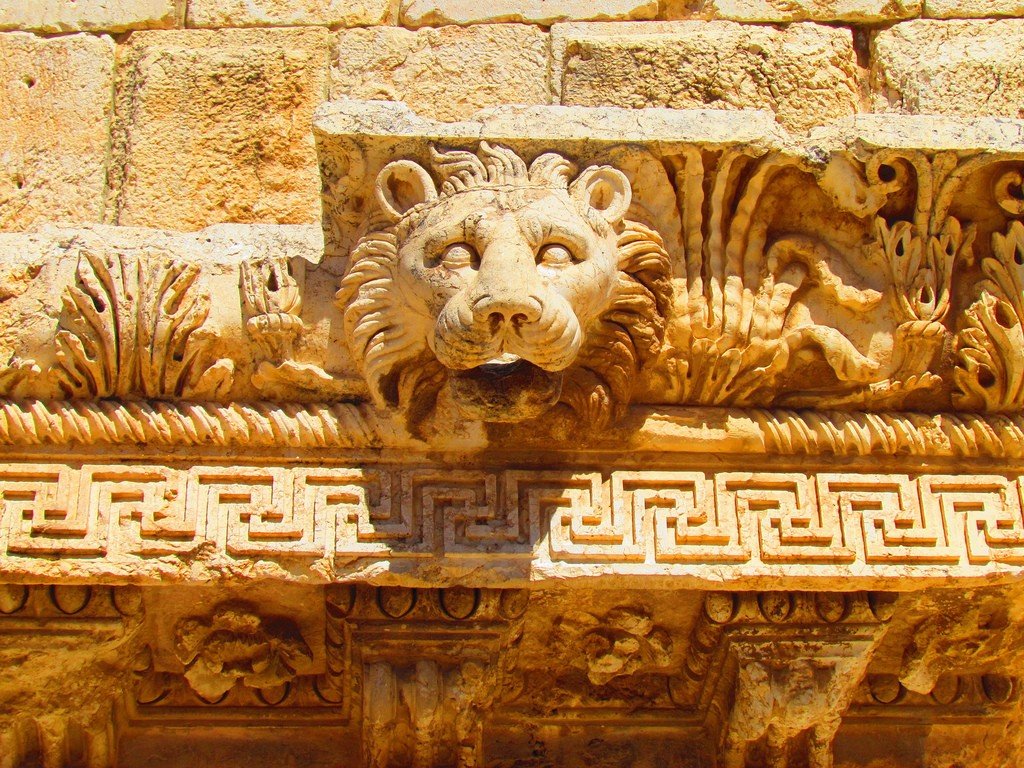
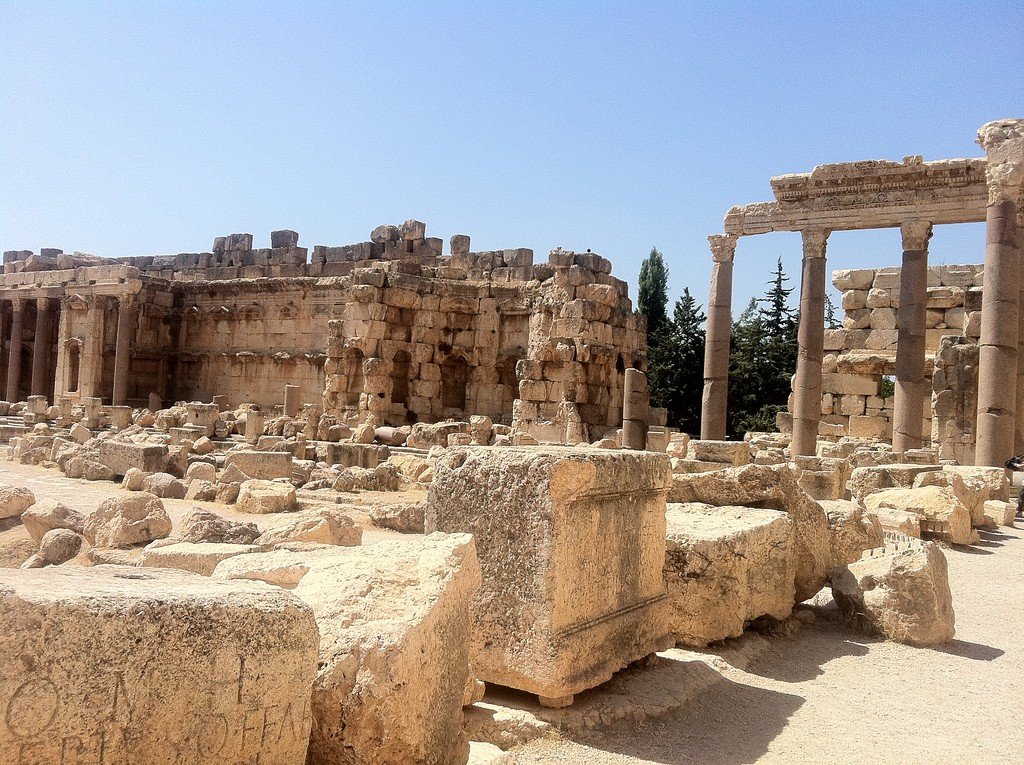
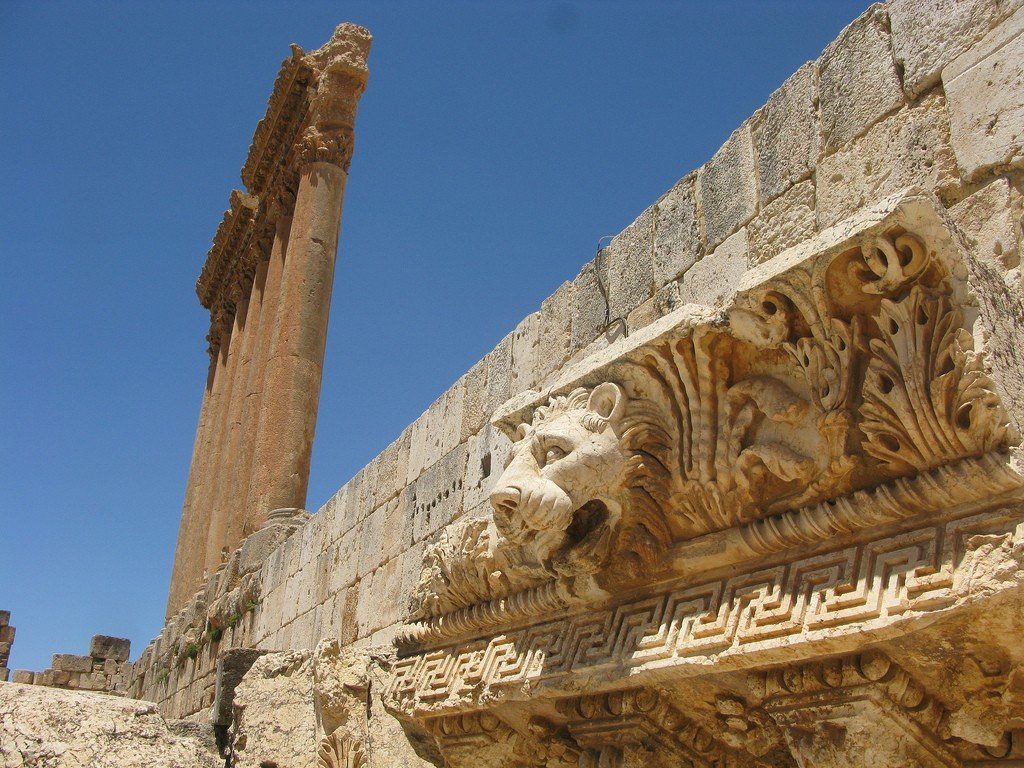
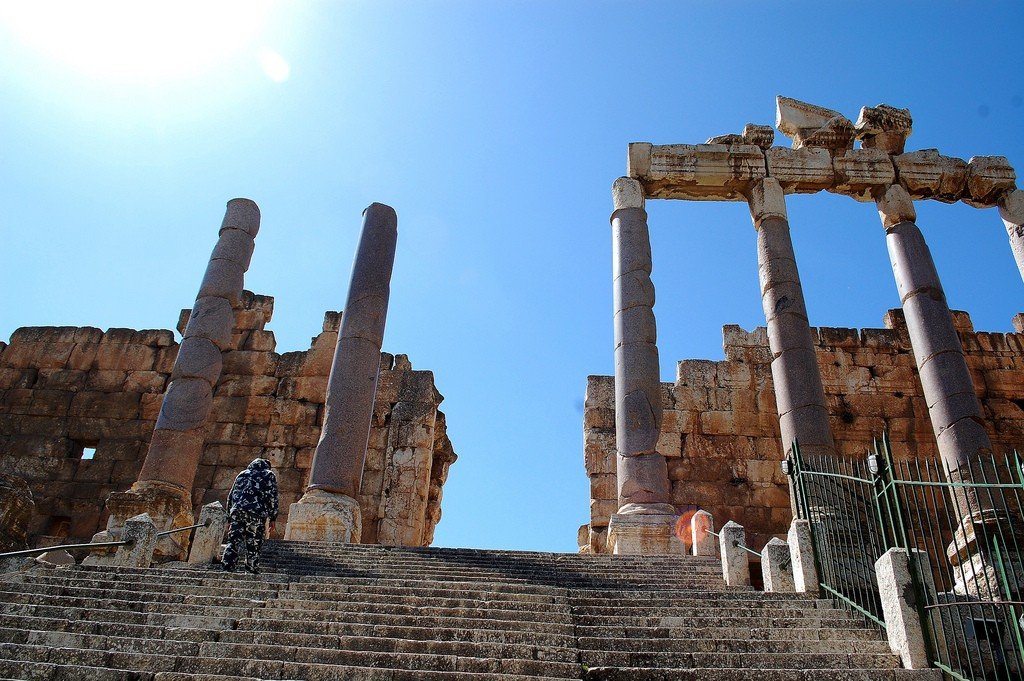
Video: Baalbek
Contents- History of the origin of the temple complex
- Baalbek Temple Complex: Appearance and architectural features
- Sanctuaries
- Mysteries and artifacts of Baalbek
- Three curious facts about the history of the temple complex
- How to get there
History of the origin of the temple complex
The first ritual structures in Baalbek date back to the Phoenician period. In the city flourished the cult of the pagan sun god Baal, whose name gave the name of the place, as well as its main attraction. The traditional way of life was broken by Alexander the Great, who annexed Baalbek to the Macedonian kingdom and initiated a series of major changes in its history and culture. Thus, after the death of the great general, the city became part of Egypt, receiving the name Heliopolis. Some time later, the Egyptian possessions passed to the Romans, who began a rapid construction activity here. On the foundations of the former Phoenician sanctuaries began to grow giant temples, glorifying the power and majesty of the Roman gods, eventually merged into a unique temple complex.
.
In the 7th century Heliopolis was conquered by the Arabs, enclosing the beautiful ancient buildings with a stone wall and turning them into a military fortress. By the XIX century. the need for defense of the city was no longer necessary, and the former Roman sanctuaries began to slowly pull apart for building materials locals. Save one of the greatest architectural monuments of antiquity managed to German archaeological expedition, which arrived in Baalbek for excavations in 1898. After painstaking work, which took several months, archaeologists returned the former Heliopolis its main attraction, and the world – an invaluable historical object, for many years became the subject of scientific research and debate.
.Baalbek temple complex: appearance and architectural features
The area of the Baalbek temple ensemble is usually divided into three parts: the Semicircular Court, the Hexagon and the Great (Altar) Court. The entrance to one of the most ancient architectural complexes is in its eastern part. The journey begins with the grand staircase in what used to be the Semicircular Court, but is now just a cluster of stone rubble. Passing through the once majestic propylaea, the tourist enters the Hexagonal Court or Hexagon. Once a spacious area was decorated with a colonnade, and in its center was an altar, which contained about 230 statues of the gods of the Roman pantheon. Today, only a hint of the former altar and part of the wall surrounding the hall can be found here.
.
The largest courtyard of the Baalbeck ensemble, the Altarpiece, occupies about a hectare of the entire area. Of the 84 columns that stood along its perimeter, only a few have survived. The galleries have not stood the test of time either. The central figure of the courtyard is a cubic altar (next to it there is a second altar of more modest size). Here one can also see the regular recesses in the terrace, formerly ritual pools.
.Sanctuaries
Several sanctuaries were located on the territory of one of the most mysterious ritual complexes of the planet:
- temple of Jupiter;
- temple of Bacchus; .
- temple of Venus.
In addition, the remains of an ancient Arab fortress, a minaret and the Great Mosque have been preserved here since the time of the Muslim invasion.
.The construction of the Temple of Jupiter was supposedly carried out during the reign of Emperor Nero. The large-scale structure, measuring 90×50 meters, was designed as a traditional antique structure supported by 20-meter columns. The polished monoliths that served as the basis of the building had truly fantastic dimensions. For example, the weight of the granite block above the entrance to the so-called chamber of the king exceeds 90 tons, while the weight of the slabs of the temple base is already hundreds and thousands of tons.
.
Unfortunately, the building did not survive the numerous wars and devastating Lebanese earthquakes. As a result, instead of the once magnificent temple, today you can see only its base and part of the surviving colonnade. You can reach the sanctuary by stone steps, located opposite the main altar of the Great Court..The Temple of Bacchus (second name – Temple of Mercury) was luckier. The building not only retained a presentable appearance, but also part of the interior decoration. For example, climbing the steps to the central part of the room, you can see the carved altar. And if you get to the closed inner hall, it reveals a ritual room measuring 27×23 meters, which presumably housed a statue of the ancient Roman god Bacchus.
.The perimeter of the temple is surrounded by a gallery of 19-meter columns, exactly one and a half times the height of the columns in the Greek Parthenon. Of course, part of the architectural elements of the sanctuary was irretrievably lost, which does not prevent the imagination to recreate the true and complete image of the grandiose structure.
.Temple of Venus (according to some reports, the temple is named in honor of the goddess of luck Fortuna) is somewhat remote from the main part of the complex and is distinguished by an unusual design in the form of a horseshoe. Despite the relatively modest size, the inner hall of the sanctuary reaches almost 9 meters in diameter.
.
In addition to the legendary temple buildings, there are in Baalbek and places hidden from prying eyes. These include the local dungeons, originating on the southeastern side of the platform and ending under the sanctuary of Jupiter. There is an opinion that these improvised catacombs appeared in Baalbek even before the grandiose Roman development. The presence of windows in the tunnels suggests that the passages were inhabited. Given the specificity of the cult associated with the worship of Baal, we can only guess who exactly who spent their days in the gloomy corridors…
.
Mysteries and Artifacts of Baalbek
Strange as it may seem, but from the point of view of archaeology, the main value of Baalbek is not its temples, but the monolithic base of the complex or the so-called terrace on the side of the temple of Jupiter. It is in this part of the ensemble is the legendary Trilithon of Baalbek – three megaliths in the masonry foundation of 800 tons each. The interest in these colossal slabs is due to the fact that in the Ancient Roman era, to which the construction of Baalbek sanctuaries is commonly attributed, there were no means of transporting megaliths of such size.
.
The contradictory fact gave rise to all sorts of hypotheses about the ways of moving the slabs. Some of the researchers said that the construction of the temple complex in Baalbek had a hand in the alien civilization, someone considered more adequate version of the use of super-powerful technology, which was subsequently lost to mankind. There were extracted to the light and ancient biblical tales, according to which Baalbek was built by Nimrod – one of the Old Testament kings, led friendship with the titans. It was the giants and delivered here and unliftable megaliths, after which they incurred the wrath of God and were destroyed by the Flood.
.
Despite the sensationalism of such statements, there is no official evidence of the presence of extraterrestrial and mythical creatures in ancient Phoenicia. At the same time, guides conducting tours in the temple complex of Baalbek, do not miss the opportunity to draw the attention of tourists to the stairs leading to the temple of Jupiter. Massive stone slabs clearly do not correspond to the width of the step of an ordinary person, and designed for beings of taller stature. Add to this the outstanding size of the temple columns, unparalleled in world architecture, and you get a vivid picture of a giant sanctuary for fairy giants.
.
The small depressions hollowed out in the thickness of the stone slabs of the terrace are also suggestive. The appearance of the obscure holes could be explained by their use as sockets for metal grippers, with the help of which the blocks could be moved. However, this assumption can be considered untenable because not all slabs are “decorated” with holes. In particular, on megaliths of Trilithon the nests are practically absent. However, some researchers believe that rectangular holes could serve other purposes. For example, to be mounts for torches during services, as well as a receptacle for the ashes of ritual victims.
.
Another strange artifact of Baalbek is the Southern Stone or in Arabic Hajar el-Khubla (translated as “stone detached from the mother massif”), found in the nearest quarry at a distance of 900 m from the ensemble. The smooth megalithic block is considered to be one of the largest man-made stones in the world. The weight of the slab leaves 1000 tons and its length is about 20 m. Subsequently, a couple of other megaliths were found in the quarry that weighed considerably more than the South Stone. The blocks, whose smooth polished surface hints unequivocally at human activity, represent one of the world’s greatest mysteries. To move such large-scale objects would require several tens of thousands of people, but to place such a number of workers in such a small area, and even more so to make their actions coherent – absolutely impossible. And while modern versions of the appearance of Hajar el-Khubl are at the stage of unproven assumptions, the fantastic artifact continues to be a lure for tourists, as well as seekers of unusual backgrounds for selfies.
.Three curious facts about the history of the temple complex
The first tourists appeared in Baalbek in the 16th century. As a rule, they were rich travelers who heard about the splendor of the local temple ensemble.
In the courtyard of the complex you can find monoliths with the abbreviation IOMN carved on them, which stands for Iuppiter Optimus Maximus Heliopolitanus – the Highest and Greatest Jupiter of Heliopolis.
.During the excavations, several fragments of the temple of Jupiter were taken to Germany. You can see them today in the Pergamon Museum in Berlin.
How to get there
The ancient temples of Baalbek are so large that they are visible from anywhere in the city. And since the former Heliopolis is a small town, you can reach its main attraction on foot, just in case, checking with the locals about the shortest route.
